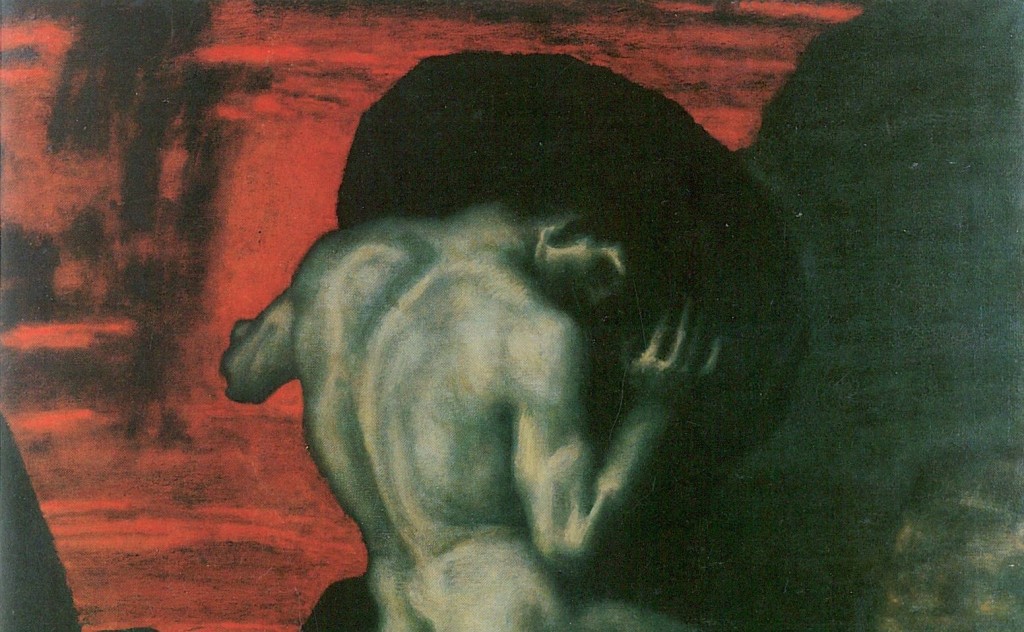The right wing – fond of hard-hand rule, supported by left-wing fears stemming from the arguments of security and empathy – has become the depositary of social emotions during the COVID-19 pandemic. Although the left and the right are very different – and I personally feel closer to the former – both camps share some common ground: they contain a lot of fears and would not shy away from limiting freedom as long as it is in line with their respective ideology. Liberals try to counteract this tendency, to resist it. So far, to no avail.
Contemporary liberals are pushed away from governing politics and influencing the dynamic course of events. They are weaker than twenty or even ten years ago. This has been especially visible in Poland.
Focused on numbers, cold calculations, logical arguments, Polish liberals have provided a systemic possibility of free choice and enrichment over the centuries for millions of people. They took care of building the foundations of the rule of law and the constitutional order, which is to protect citizens from oppression from the state.
By being progressive and open to new ideas, they integrate the best features of the left and the right. Why are they then in such a retreat today?
The world today is about emotions, chaos, and big events. It is not a world of reflection, dialogue, and numbers. It is more the world of Edyta Górniak, a famous Polish singer now vocal about not being willing to get vaccinate for COVID-19, and of Robert Lewandowski, a successful Polish football player than that of Professor Wojciech Sadurski or the late Professor Marcin Król. In these areas, the liberals are hit hard.
Amid the right-wing demagogy, slogans about a “national quarantine” and the “sowers of death”, accompanied by the left-wing “shut everything down, because the virus is deadly and people irresponsible”, any chance for a dialogue or any kind of reflection has disappeared. These overshadowed, for instance, an idea presented by a Polish doctor and manager, Adam Kruszewski, whose team predicted the scale of the “damage” in the so-called first wave of the epidemic, and also accurately calculated the development of the second wave.
Kruszewski and his colleagues encouraged the government to use pro bono some of their interesting solutions: the use of measures adequate to the spread of the epidemic in a given region, adopting an individual approach to problems characteristic of a specific area – thus a set of typical, inspiring scientific ideas based on the liberal model of decentralization.
Let’s take a look at the numbers and current statistics for the fight against COVID-19 in Poland. According to the data provided by the Polish Central Statistical Office (GUS) for November 2020, the mortality rate at least doubled as compared to previous years in the same period.
More than 64,000 people died, and only during World War II this number was higher. What does it mean? Until December 21, 22,671 people have died of COVID-19 since the epidemic made its way to the country. The “surplus” of November deaths amounted to at least 32,000, which is more than the total number of COVID-19 deaths.
Clearly, most of these additional deaths are not the result of the COVID-19’s lethal effect, but stem from other factors. Which ones? The failure of the health service, people’s fear of the hospital reinforced by media reports, replacing medical appointments with phone consultations… and some other minor factors: limiting physiotherapy treatments, lack of outdoor exercise, or depression.
I wonder what the effect of shifting some of the medical forces to the front of mass COVID-19 vaccination will be. I don’t know for sure, but I predict a further increase in the number of deaths.
The epidemic seems to have a life of its own. On the one hand, mass street protests in Poland did not increase the number of infected people, and so the vile argument about the “sowers of death” turned out to be wrong.
On the other hand, shutting down what was possible did not stop the spread of the virus effectively. The government reports fewer infections being detected, but deaths of patients have remained at the same level for weeks. I consider the slogan “take care of yourself” a cliche.
The recent case of Professor Magdalena Fikus, who did whatever she could to prevent getting infected, and that of historian Sławomir Cenckiewicz, who followed the sanitary regime to the letter, and who both tested positive anyway, are just two examples showing that one can do everything within their power, and may still get infected.
Don’t get me wrong, I’m not denying that there is a problem. I have friends who have passed away as a result of COVID-19-related complications. However, it seems to me rational and at the same time brutal that COVID-19 will only end when it takes its death toll.
How many “additional” deaths will follow depends on our actions – on whether or not we shut down the economy, slow down the effectiveness of the health service, and on other restrictions.
Coming back to neglected liberal postulates and appeals, such as the Great Barrington declaration – logical arguments, spoken in a calm language, cannot break through such heated, emotional, and tense discourse.
Demagogues, on the other hand, attract attention and exhort: “Shut everything down! Until the last COVID-19 case gets better!”, while denialists keep shouting, “False pandemic! Plannedemic!”.
All this makes me sad. The efforts of liberals resemble the voice of one crying in the wilderness. Well, we must at least keep trying.
The article was originally published in Polish at: https://liberte.pl/koronawirus-napedza-skrajnosci/
Translated by Olga Łabendowicz
Continue exploring:
Report: Rule of Law Crisis in Time of COVID-19 Pandemic
Lights Out! Polish People’s Opposition to Government’s Veto of EU Budget and COVID-19 Recovery Fund



